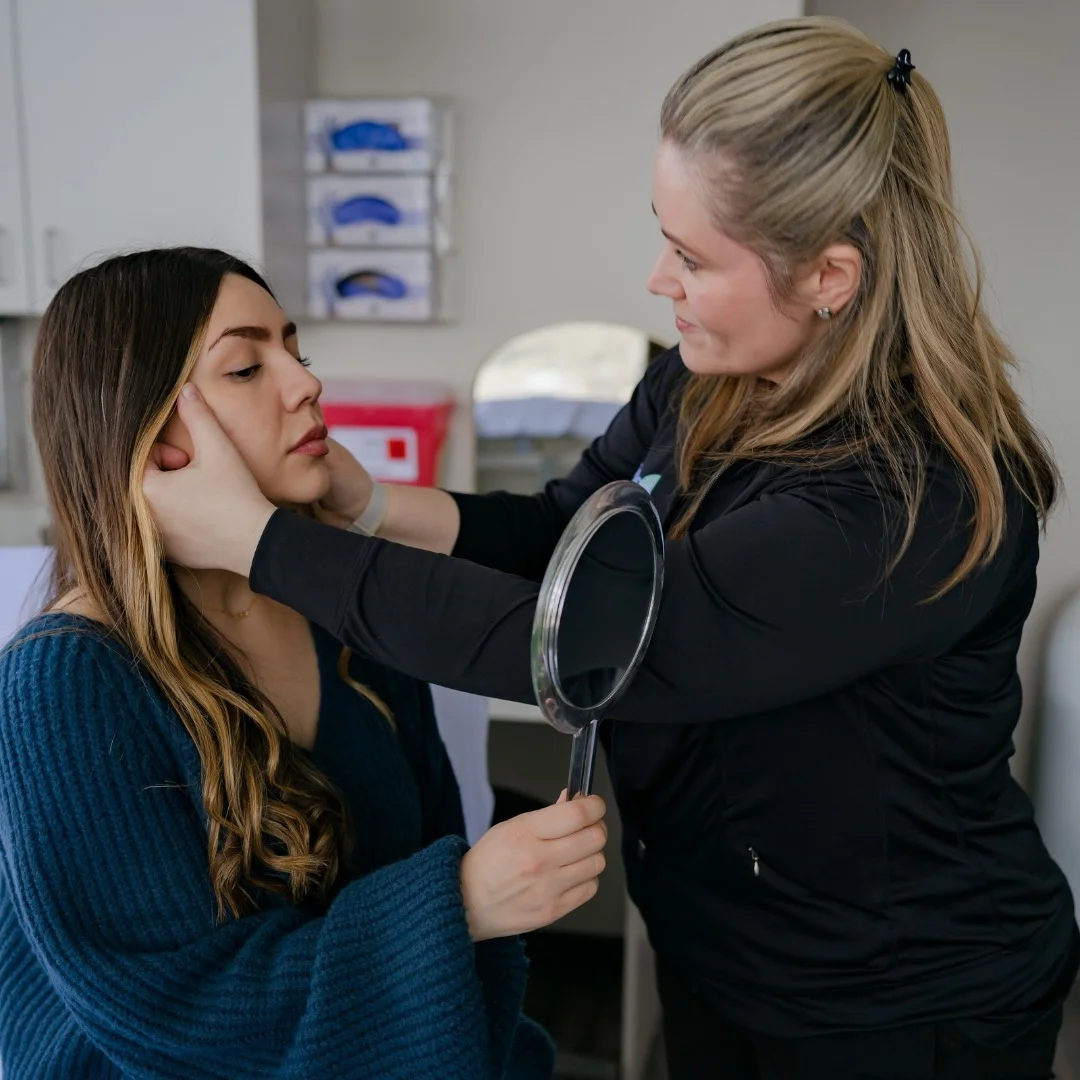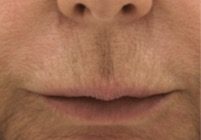
“What can we do about the lines on my lips? I’ve never been a smoker, but they are just getting deeper.”
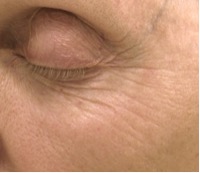
“I found this cream at the store that covers the lines under my eyes pretty well – but, is there something better we can do for this?”
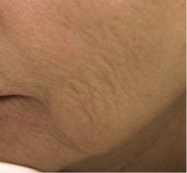
“I’m starting to notice these lines and bumpy texture on my cheeks. I used to only see them when I smile, but now they are there all the time. Can we just do some Botox here?”
All of these questions were posed to me earlier this year by my mom, who I’ve treated over the past 12 years with various combinations of botulinum toxin, fillers, and chemical peels (she is 63). Like most of the patients I see, she regrets all the time she spent as a young woman laying out on the lawn in the Minnesota sun. When I first started treating my mom she had decent skin texture and minimal lines at rest. The volume changes, folds, and lines that she did have responded well to injectable filler and botulinum toxin; her pigmentation evened out nicely with chemical peels and intense pulsed light (IPL).
A few years later, as she began to develop etched in lines, I performed a series of fractionated laser skin resurfacing procedures with nice reversal of these mild early changes.
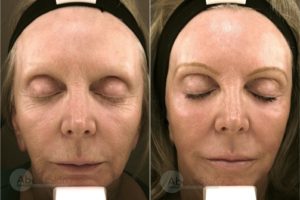
Later, the inevitable signs of aging, particularly loss of elasticity and collagen, caught up to her, and the etched in lines and texture changes became more prominent. For her to see the degree of improvement she wanted, I explained she would have to consider a more aggressive laser resurfacing procedure, the fully-ablative Erbium laser. She certainly wasn’t excited about laying low for nearly 2 weeks (and she even had some regrets 3-4 days into her recovery – it’s not easy), but she now says she’s so pleased with the results and is so happy she did it.
As winter approaches, this is the perfect time to consider a laser resurfacing procedure; lower temperatures and decreased sunlight exposure make for a more comfortable recovery and improved outcome. In the next three blog posts I will be reviewing the latest technologies and applications of laser resurfacing.
Achieving flawless, smooth skin is the holy grail of any skin rejuvenation program. Unfortunately, perfect skin will always be as elusive as the holy grail itself. Fortunately, though, we live in a time when there are new technologies and devices entering the marketplace, each one inching us closer in our quest for youthful skin. Laser resurfacing is usually a critical component in a person’s skin rejuvenation regimen.
Laser devices have been used for the improvement of the signs of aging and sun damage since 1989. Nothing is more effective than laser resurfacing for all-around improvement in fine lines and wrinkles, texture, pigment, pores and scars due to acne or surgery.
So, how does laser skin resurfacing work?
During the laser resurfacing procedure laser energy is absorbed by water in the skin leading to either vaporization or heat damage within the superficial and deeper skin layers. Collagen and elastin, damaged over years of sun exposure and normal skin aging, is removed and replaced by the body’s wound healing response with new, healthier collagen and surface epithelium. The result is smoother, brighter, and overall younger-looking skin.
Many patients considering laser resurfacing on the face express concern that their face will appear white compared to their neck. It is true that many patients undergoing this in the 1990’s experienced this—when the fully ablative CO2 laser was first widely used. Today, with the advent of newer laser technologies like Erbium fully ablative laser, fractional ablative, fractional nonablative, and hybrid fractional laser, there is speedier recovery and greatly reduced risk of pigment change and scarring.
Laser skin resurfacing is just one component of a complete rejuvenation plan. Fillers, chemical peels, microdermabrasion, botulinum toxin, laser resurfacing, skin resurfacing products, and topical products (especially daily sun protection, nightly retinoid, and daily antioxidants) all focus on unique features of aging and combine to give a natural and optimal results.
In part two of this blog series I will review the different types of laser skin resurfacing. At Aboutskin Dermatology we have acquired the latest technologies from each of the laser resurfacing categories. What that means for you is a broad-array of options and a personalized approach to your skin rejuvenation goals.

